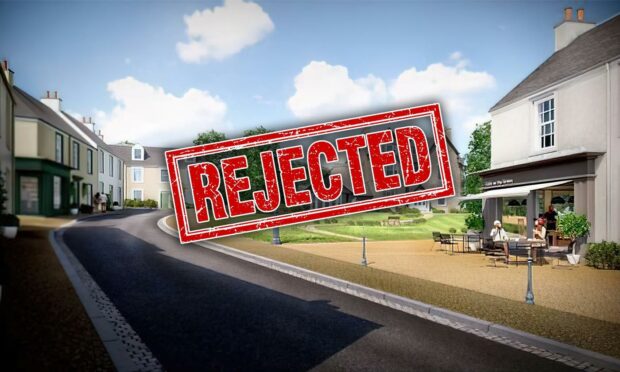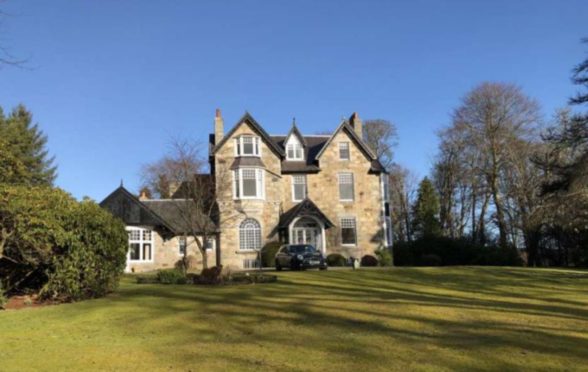Campaigners are breathing a sigh of relief after controversial plans to build a “geriatric ghetto” outside Aberdeen were sunk by the Scottish Government.
The owner of the historic Binghill House, to the north of Milltimber, had drawn up proposals to build a “retirement community” in the grounds of the grand home.
Shona Buyers said it would make up for a lack of “high-quality new retirement properties” within the west end of Aberdeen.
Among many concerns, locals felt its elderly inhabitants would be largely confined to the complex, as it was planned to be built atop a steep hill with a long walk required to reach public transport.
The proposal was rejected by Aberdeen City Council in May.
But architects Halliday Fraser Munro insisted it had the potential to be “one of the very best retirement villages in the UK”.
And an appeal against the decision was later lodged at Holyrood.
Ministers now appear to have put the final nail in the coffin by knocking back the latest attempt to secure planning permission.
‘It has been an anxious time’
Nearby resident Bruce Anderson led the local fight against the contentious Milltimber retirement village.
Before retiring, he worked on developing NHS Grampian’s elderly strategy – and believes strongly that older people should be integrated into their communities, not segregated.
A few months ago, described the complex as a “geriatric ghetto” which was “totally alien to our culture”.
Bruce has now welcomed the Scottish Government’s move to ensure the proposal goes no further.
He said: “The concept of a village community for the elderly is totally alien to our culture.
“The elderly should be integrated and part of natural communities.
“Unfortunately the developer had little knowledge of or practise in the care of the elderly.
“We now hope this is an end of the matter. It has been an anxious time for us all.”
What would Milltimber ‘retirement village’ have involved?
The 60-unit development would have featured a 20-bed nursing home alongside a mix of houses, apartments and cottages.
The village-style scheme was also planned to boast a small shop, allotments and a cafe.
Mr Anderson told us other objections revolved around the “destruction of up to 40 beautiful mature deciduous tees” and the loss of countryside.
Owner speaks of disappointment
Mrs Buyers said the proposal was dreamed up as a way of securing the future of the historic site.
She said: “I’m really disappointed in the decision.
“This development would have been a real benefit for the older population of this part of the city and would have created a wonderful place to stay.
“I’ve been passionate about the project as I felt my parents would have been happy that the house and grounds would have been safeguarded for generations to come.
“But now I am forced to look at other options.”
What did the government say about Milltimber retirement village?
The appeal was dismissed by Steve Field, a reporter appointed by ministers.
The official carried out a site visit in September to inspect the grounds for himself.
He ultimately found the application to be at odds with planning policies on historic environment, green belt land, trees and woodland among others.
The judgment was rendered in a 20-page report detailing the various conflicts at play. You can see the publication here.
The New Statistical Account, compiled in 1840, states that the C-listed Binghill House was originally owned by Colonel Alexander Kyle of Binghill, who built a “neat and substantial country seat” after purchasing the estate in 1808.
It remained in his family’s possession until its sale in 1885 to Martin Lindsay Hadden.

